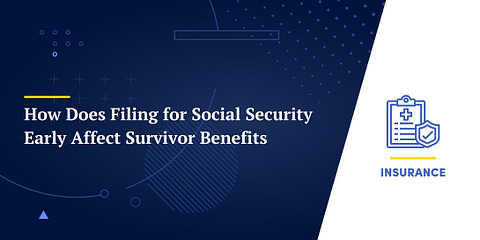The Social Security application withdrawal and refiling strategy commonly referred to as the “Social Security Undo” option, allows a recipient to, under certain circumstances, repay the Social Security benefits they received and instead be treated as if they never applied for a benefit.
Landis (2018) states that this strategy can only be used within the first twelve months of receiving benefits and a claimant may only use the strategy once in their lifetime (p. 239).
Additionally, all received benefits must be repaid, without interest, to the Social Security Administration (SSA), not only for the claimant but also for all dependents receiving benefits through the claimant’s work record (Landis, 2018, p. 239).
When to Consider the Social Security Undo
There are numerous situations that an advisor may experience that could lead to a recommendation to a “Social Security Undo”. Landis (2018) proposes that the most obvious would be to correct a filing mistake (p. 240).
Examples may include filing too early (with a corresponding lower payment) or filing for the wrong type of benefit (such as a worker benefit instead of a spousal benefit, if eligible) (Landis, 2018, p. 240).
Additionally, changes that occur after filing may lead to a recommendation of the “Social Security Undo”.
For example, a claimant filing before their Full Retirement Age (FRA) has more earned income than they anticipated, causing their Social Security benefits to be reduced due to the earnings test (Landis, 2018, p. 206). It may be prudent to repay the Social Security benefits received and withdraw their application, leading to a higher benefit payment when they refile in the future.
Or, an unexpected windfall received shortly after claiming benefits may reduce the need for Social Security income for a period of time. Thus, repaying the benefits that were received allows the future Social Security benefit to grow until claimed at a later date.
Understand the Risks
As with many Social Security options, there are potential risks surrounding the “undo” option.
Landis (2018) explains that plausible hazards include the SSA eliminating the provision from future use, dying before executing the “undo” (and thus locking your survivors into the lower payments), or not having the funds available to repay the SSA when required (pp. 240-241).
In spite of these potential drawbacks, the application withdrawal and refiling strategy may offer a client the opportunity to reverse an unfavorable Social Security filing decision, benefiting not only them but potentially their spouse and dependents as well.












